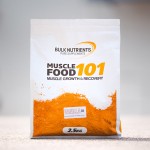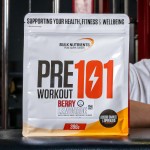Five Benefits of Squats That Aren’t Talked About Enough

1. Your legs will look great in shorts
And shorts, specifically.
We'll get to why in a moment, but firstly, the quadriceps get their name due to the four muscles:
- Rectus Femoris (in the middle, and partially covers the Vastus Intermedius)
- Vastus Intermedius (muscle in the middle)
- Vastus Medialis (aka the “tear drop”)
- Vastus Lateralis (large muscle on the side, aka, “the sweep”)
And doing squats will work all of these muscles except your rectus femoris. But three out of four is pretty good going!
So, how do you work your rectus femoris? Well, by doing leg extensions.
So, we're off to a pretty good start: you already know which exercises will train every quadriceps muscle!
But here's the other interesting part: this recent study found that squats worked the vastus lateralis (the sweep, the largest muscle of the OUTSIDE of your thigh) halfway up the leg and towards the knee the most.
So, put on a pair of shorts, and the part of your legs that are targeted most by squats will be on show.
The same study also found that to work the quadricep closer to the hip, leg extensions were better.
Got a favourite pair of shorts? I'll wait while you go and put them on.

2. Squats build core strength and help to improve your posture
When your core strength and lower body are improved, your posture will follow suit.
Sitting all day isn't so much of an issue when you're blowing out the cobwebs and calling upon your hips during regular squats.
Furthermore, squats can prevent kyphosis (hunchback) by building torso strength.
Good posture is critical, and this is just another benefit of squats.
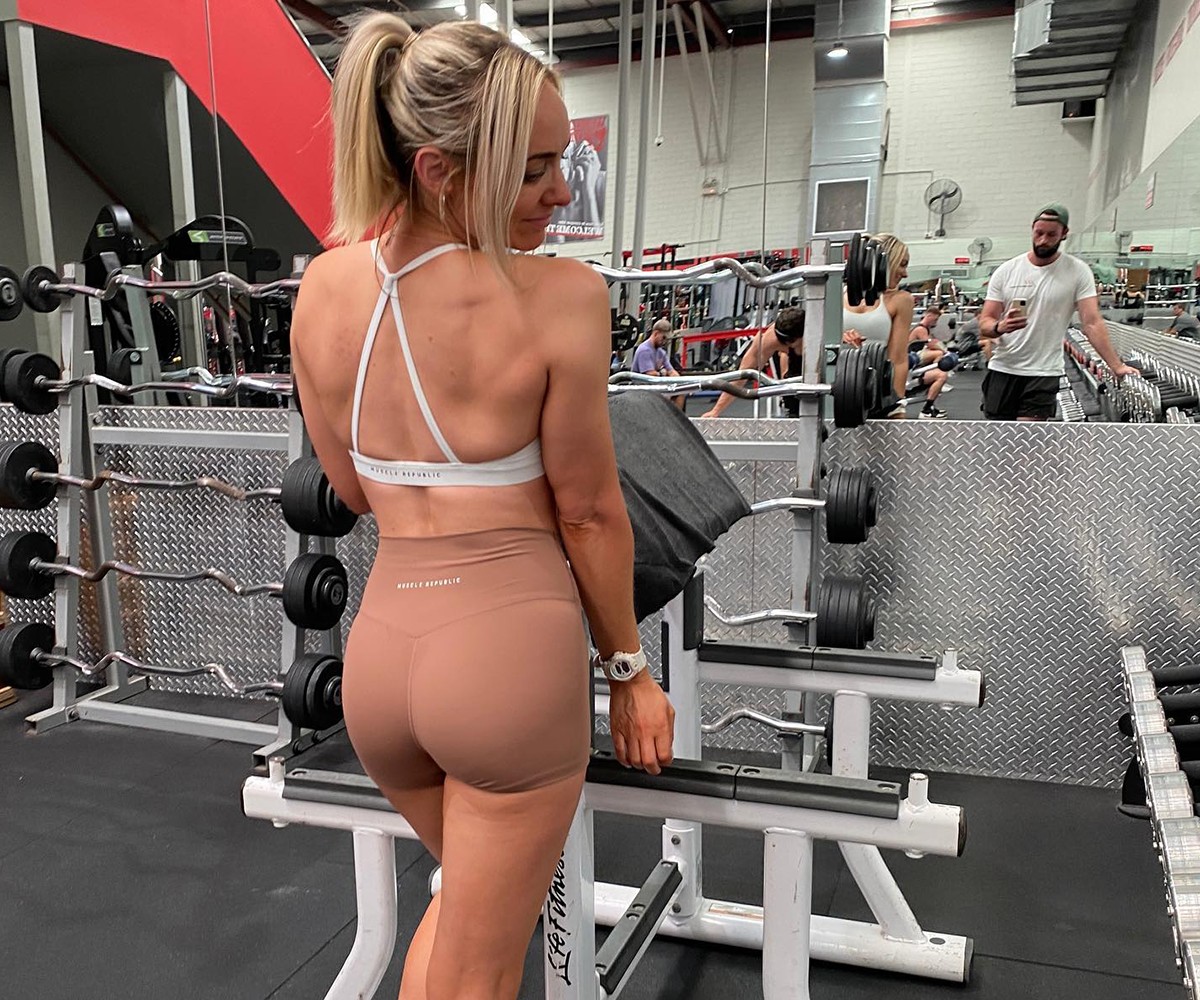
3. Squats improve lower body stability which might be able to prevent injury
Time out of the gym?
No thanks.
It can cause us to lose confidence and wreak havoc on our mental health.
Many injuries occur due to imbalances and weaknesses, and squats bolster our knee and hip stability.
Find out if squats work out hamstrings effectively in our detailed guide.
This can assist and prevent any issues arising here, with stability being one of the most critical.
Stabiliser and load transfer core muscles assist in understanding injury risk, assessing core muscle function, and developing injury prevention programs. Let's go through them:
Stabiliser muscles during squats: Directly and indirectly (stabilisers) the squats work our:
- gluteus Maximus (glutes)
- m. gluteus medius (glutes)
- vastus lateralis (thigh)
- m. vastus medius (thigh)
- m. vastus intermedius (thigh)
- m. semitendinosus (thigh)
- m. semimembranosus (thigh)
- m. biceps femoris long head (hamstring)
- m. soleus (calf)
- m. gastrocnemius lateralis (calf)
- m. gastrocnemius medialis (calf)
During squats, the hamstrings function mainly as stabilizers of the ankle, knee, and hip joints by working to control the descent movement of the squat, and by transferring energy among the muscles on the way up.
Also, on the way up during a squat, our hip extensor forces produce the largest powers followed by the ankle plantar flexors (extension of the ankle) and then the knee extensors (quads and knees).
The hip and knee extensors also provide the initial bursts of power on the way up when we're squatting. The ankle extensors and a second burst from the hip extensors add power during the latter half of the ascent.
Load transfer core muscles during squats: your glutes, hip adductors, and rectus femoris. The first two muscles are worked well in squats, but the rectus femoris as we've learned is not.
So, as you can see, we are working not only our quads and glutes well during squats but key stabiliser muscles and joints which might help prevent injury in daily life.
Balance and poor core stability are all measured by performance during squats when injury assessment takes place.
So, prevent some potential injuries by ensuring squats form part of your gym routine; it's that simple!
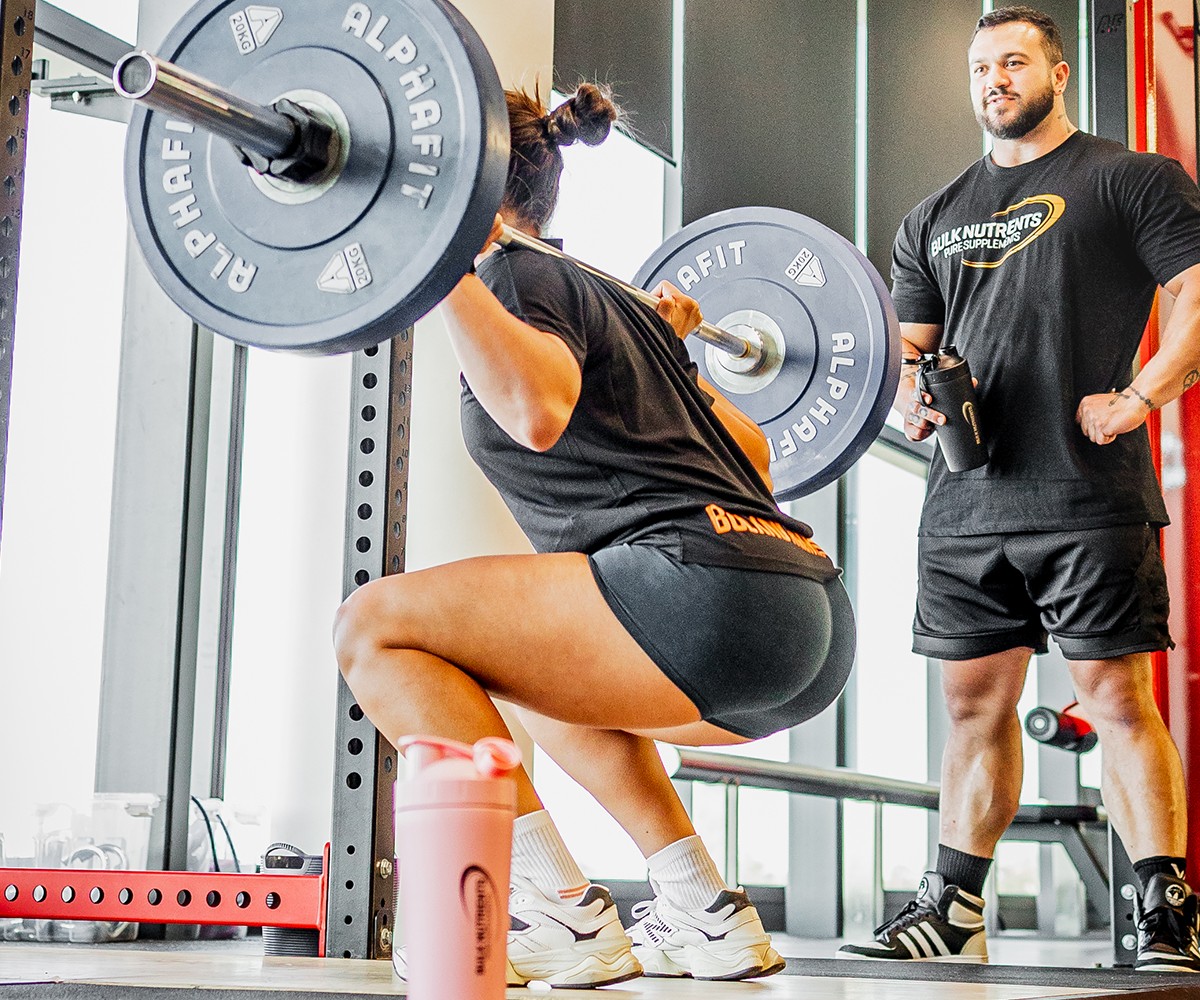
4. A stronger lower body will mean you’ll be able to jump higher
If you play any sports, this might be beneficial.
Research finds that in comparison to leg extensions, squats allowed the subjects to jump much higher.
This is because squats are working so much more of our lower bodies that our ability to produce force is therefore greater.
If you're playing AFL or basketball, or rugby league/union in a position where you need to jump for the ball -- make sure squats are finding a way into your gym routine!
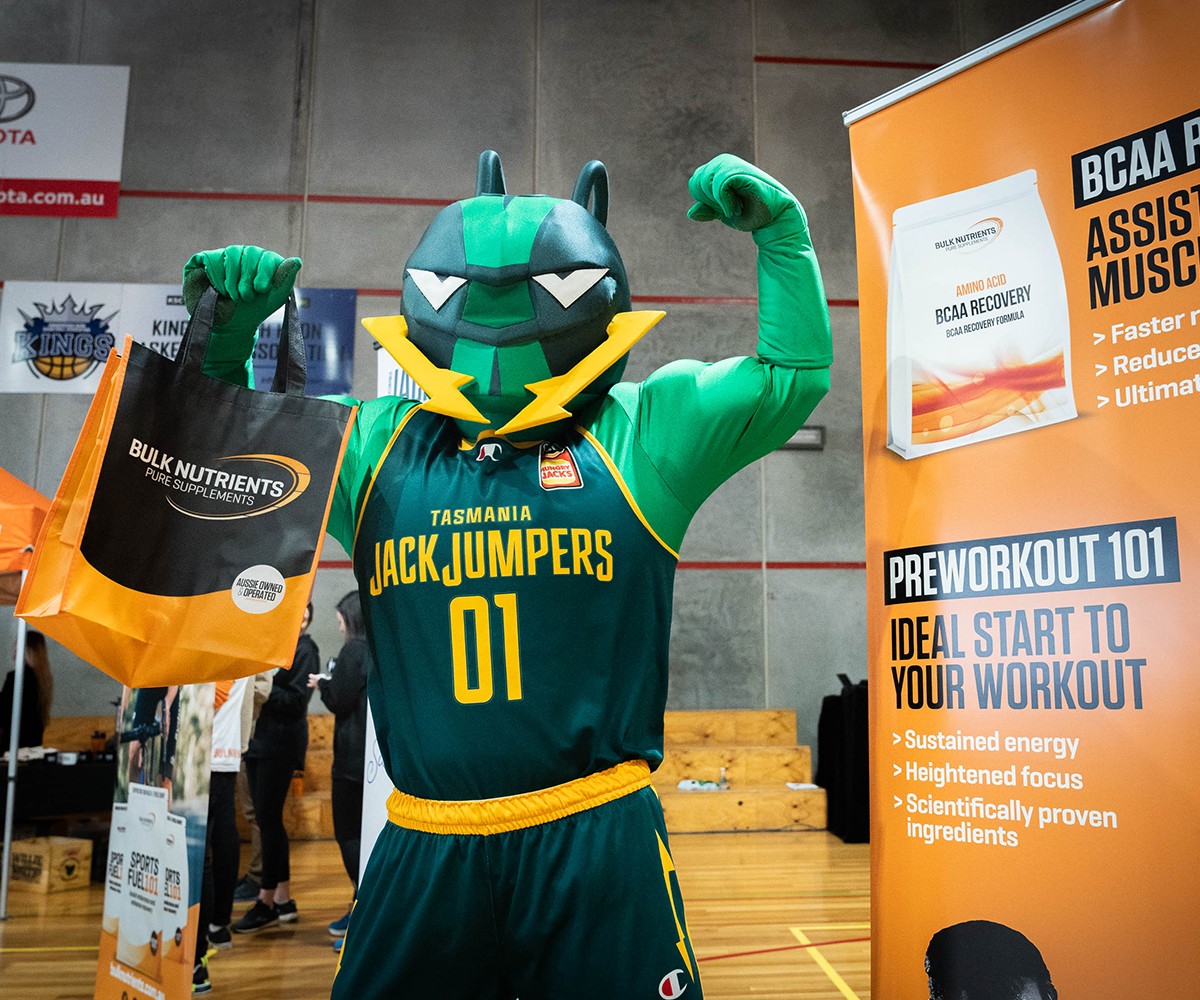
5. Squats will help you to run faster
Given squats improve force and power output, they'll also increase your sprinting speed.
In this study, fourteen soccer players tested their vertical jumps and sprint times and then did full squats and weighted squat jumps.
And guess what happened?
Both squat variations resulted in faster sprint times!
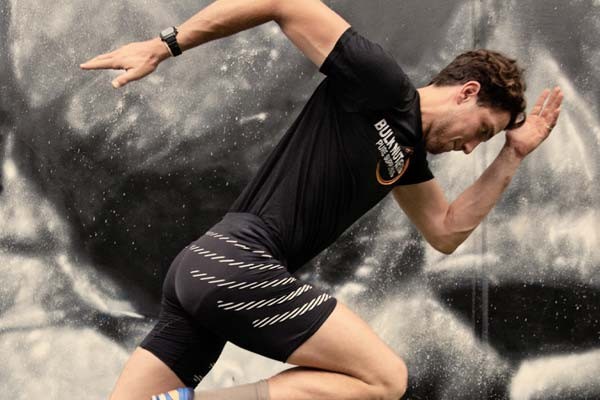
Squats are a truly great exercise with more benefits than you may have thought!
Squats will make you look great in shorts, working your vastus lateralis from midway up towards the knee. They'll also improve your posture, help you potentially prevent injury, help you run faster, and maybe jump higher.
Combining them with leg extensions means you'll work all of your quadriceps muscles, which is great for a well-developed pair of legs. Given muscle recovery can be complete after 48 hours, you can squat two-three times per week if you wish.
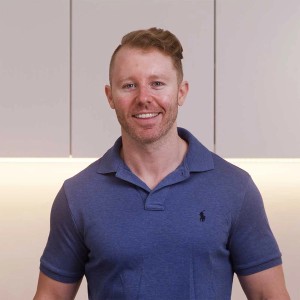
Dayne Hudson
Like many, Dayne was once desperate to lose weight and get into shape. But everyone he asked, everything he read, lead to the same place... nowhere.
His journey started there - researching science journals and completing a Sports Nutrition Specialist qualification so he could make weight loss easier.
References:
- Crossley KM, Zhang WJ, Schache AG, Bryant A, Cowan SM. Performance on the single-leg squat task indicates hip abductor muscle function. Am J Sports Med. 2011 Apr;39(4):866-73. doi: 10.1177/0363546510395456. Epub 2011 Feb 18. PMID: 21335344.
- Escamilla RF. Knee biomechanics of the dynamic squat exercise. Med Sci Sports Exerc. 2001 Jan;33(1):127-41. doi: 10.1097/00005768-200101000-00020. PMID: 11194098.
- Hartmann H, Wirth K, Klusemann M, Dalic J, Matuschek C, Schmidtbleicher D. Influence of squatting depth on jumping performance. J Strength Cond Res. 2012 Dec;26(12):3243-61. doi: 10.1519/JSC.0b013e31824ede62. PMID: 22344055.
- Hsu SL, Oda H, Shirahata S, Watanabe M, Sasaki M. Effects of core strength training on core stability. J Phys Ther Sci. 2018;30(8):1014-1018. doi:10.1589/jpts.30.1014
- Kibler WB, Press J, Sciascia A. The role of core stability in athletic function. Sports Med. 2006;36:189-198
- Kipp K, Kim H, Wolf WI. Muscle Forces During the Squat, Split Squat, and Step-Up Across a Range of External Loads in College-Aged Men. J Strength Cond Res. 2022 Feb 1;36(2):314-323. doi: 10.1519/JSC.0000000000003688. PMID: 32569122.
- Kubo K, Ikebukuro T, Yata H. Effects of squat training with different depths on lower limb muscle volumes. Eur J Appl Physiol. 2019 Sep;119(9):1933-1942. doi: 10.1007/s00421-019-04181-y. Epub 2019 Jun 22. PMID: 31230110.
- López-Segovia M, Marques MC, van den Tillaar R, González-Badillo JJ. Relationships between vertical jump and full squat power outputs with sprint times in u21 soccer players. J Hum Kinet. 2011;30:135-144. doi:10.2478/v10078-011-0081-2
- Marchetti PH, Jarbas da Silva J, Jon Schoenfeld B, et al. Muscle Activation Differs between Three Different Knee Joint-Angle Positions during a Maximal Isometric Back Squat Exercise. J Sports Med (HindawiPubl Corp). 2016;2016:3846123. doi:10.1155/2016/3846123
- Myer GD, Kushner AM, Brent JL, et al. The back squat: A proposed assessment of functional deficits and technical factors that limit performance. Strength Cond J. 2014;36(6):4-27. doi:10.1519/SSC.0000000000000103
- Oshikawa T, Morimoto Y, Kaneoka K. Lumbar lordosis angle and trunk and lower-limb electromyographic activity comparison in hip neutral position and external rotation during back squats. J Phys Ther Sci. 2018 Mar;30(3):434-438. doi: 10.1589/jpts.30.434. Epub 2018 Mar 2. PMID: 29581666; PMCID: PMC5857453.
- Waligora AC, Johanson NA, Hirsch BE. Clinical anatomy of the quadriceps femoris and extensor apparatus of the knee. Clin OrthopRelat Res. 2009 Dec;467(12):3297-306. doi: 10.1007/s11999-009-1052-y. Epub 2009 Aug 19. PMID: 19690926; PMCID: PMC2772911.
- Zabaleta-Korta A, Fernández-Peña E, Torres-Unda J, Garbisu-Hualde A, Santos-Concejero J. The role of exercise selection in regional Muscle Hypertrophy: A randomized controlled trial. J Sports Sci. 2021 Oct;39(20):2298-2304. doi: 10.1080/02640414.2021.1929736. Epub 2021 Jul 10. PMID: 34743671.
Related Blogs

Do I Need a Weight Belt for Squats and Deadlifts?
Posted by Dayne Hudson
Estimated reading time: 5 minutes

Developing Your Squat Setup
Posted by Dave Napper
Estimated reading time: 2 minutes
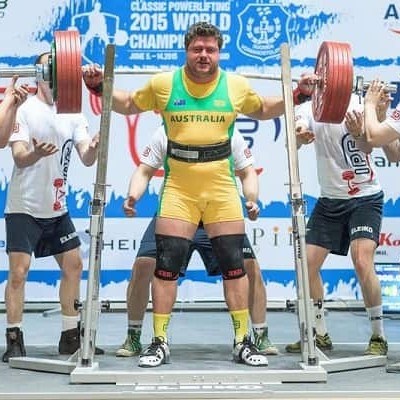
A Squat Session With Dave Napper
Posted by Dave Napper
Estimated reading time: 1 minute
